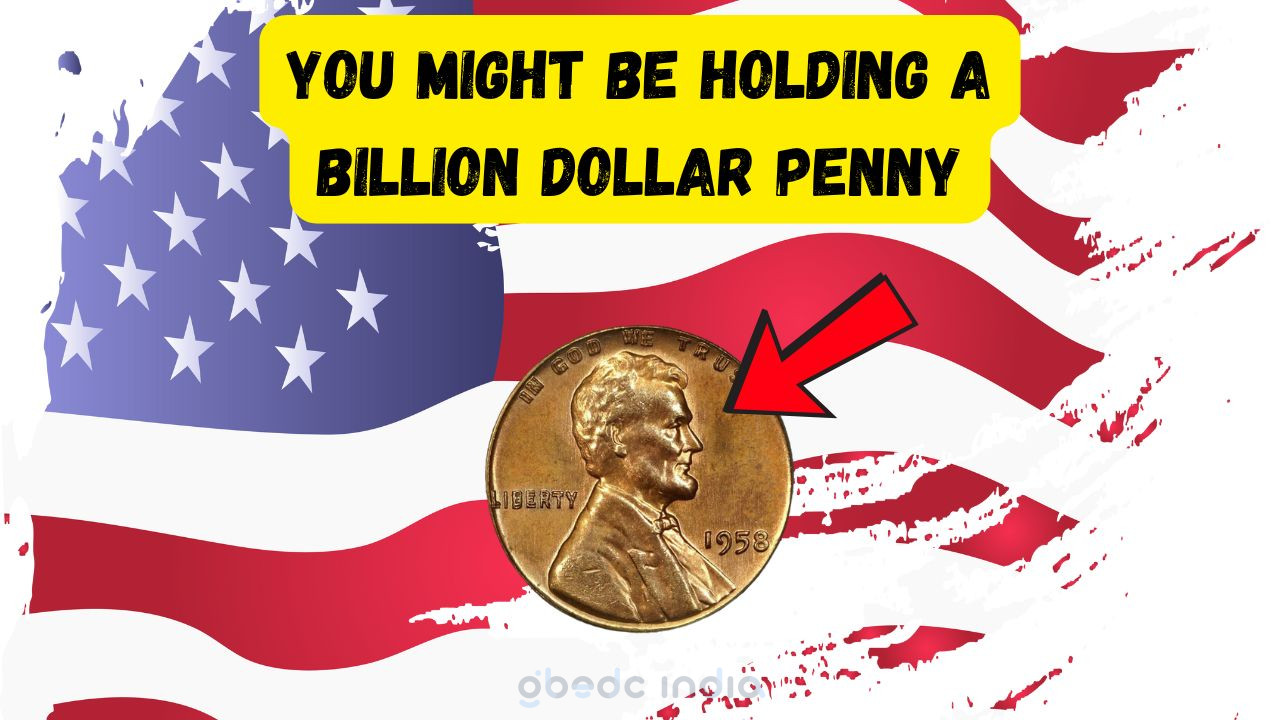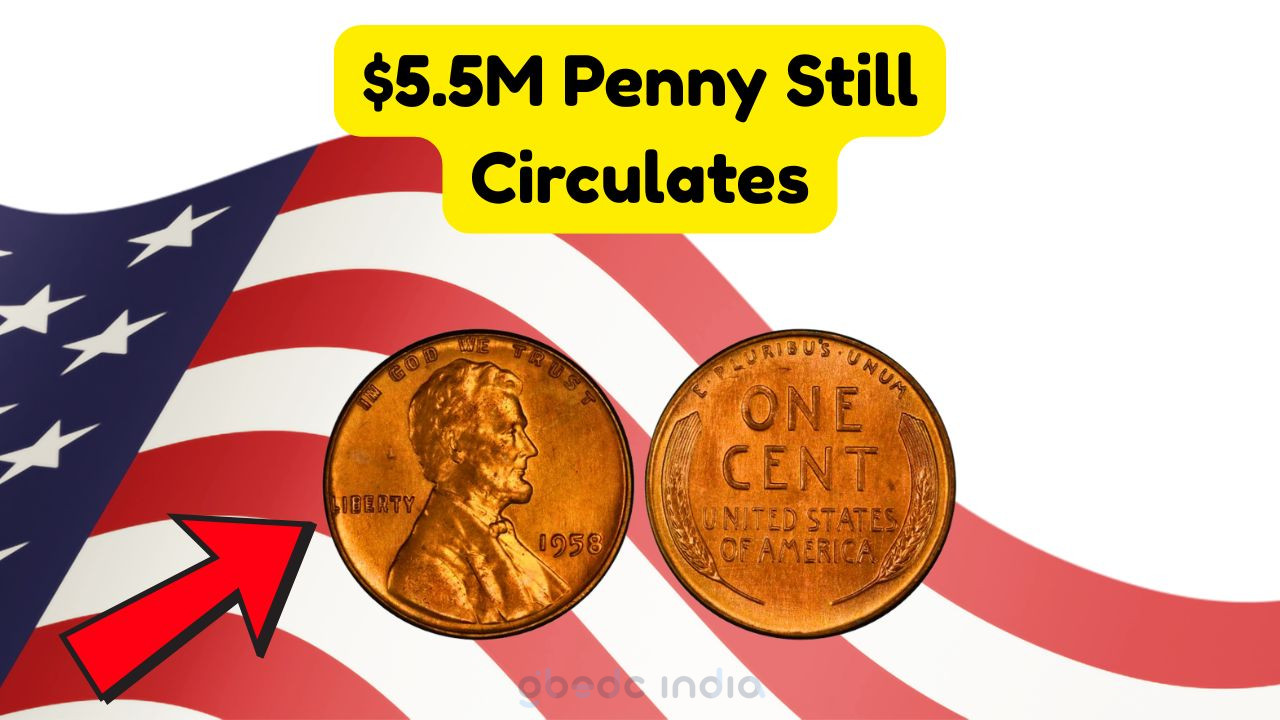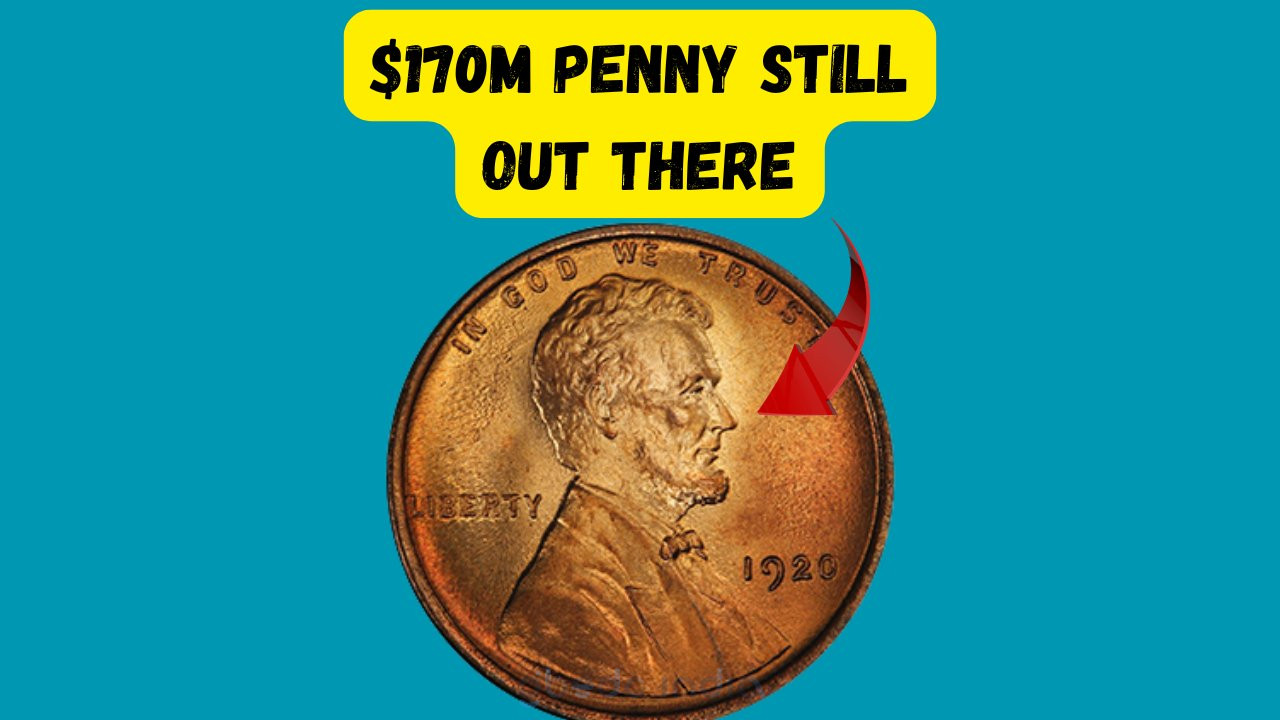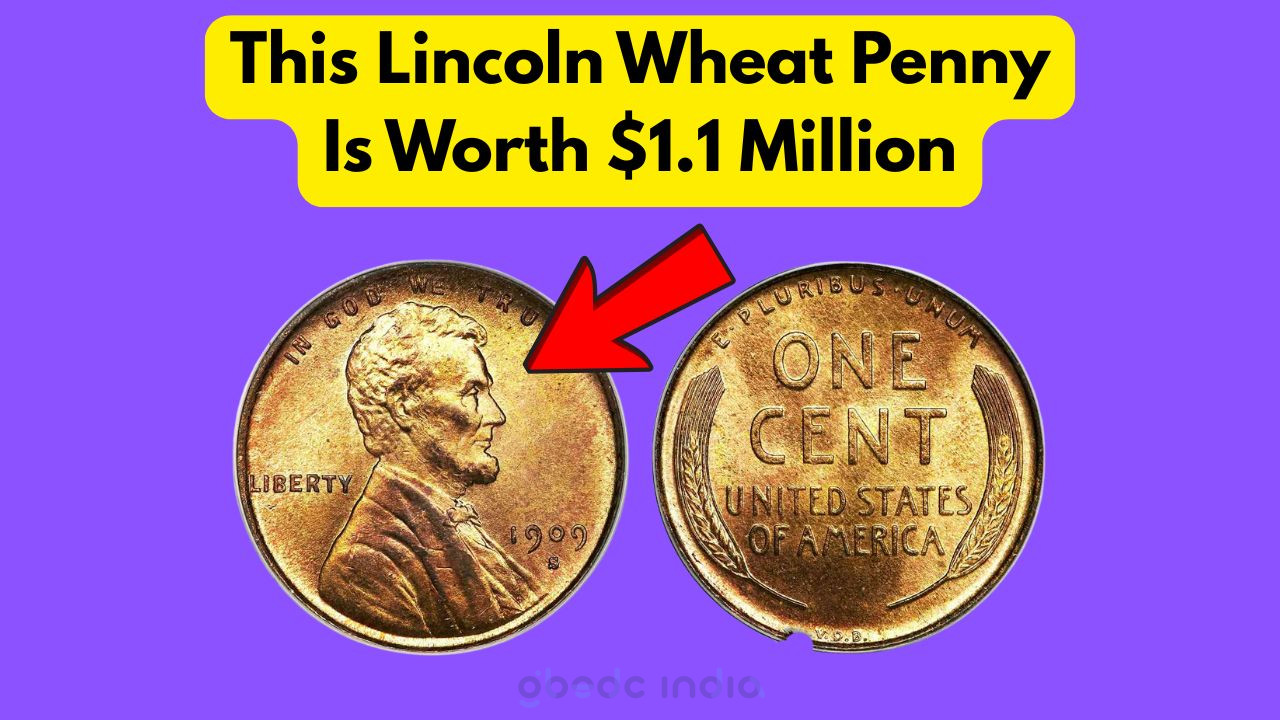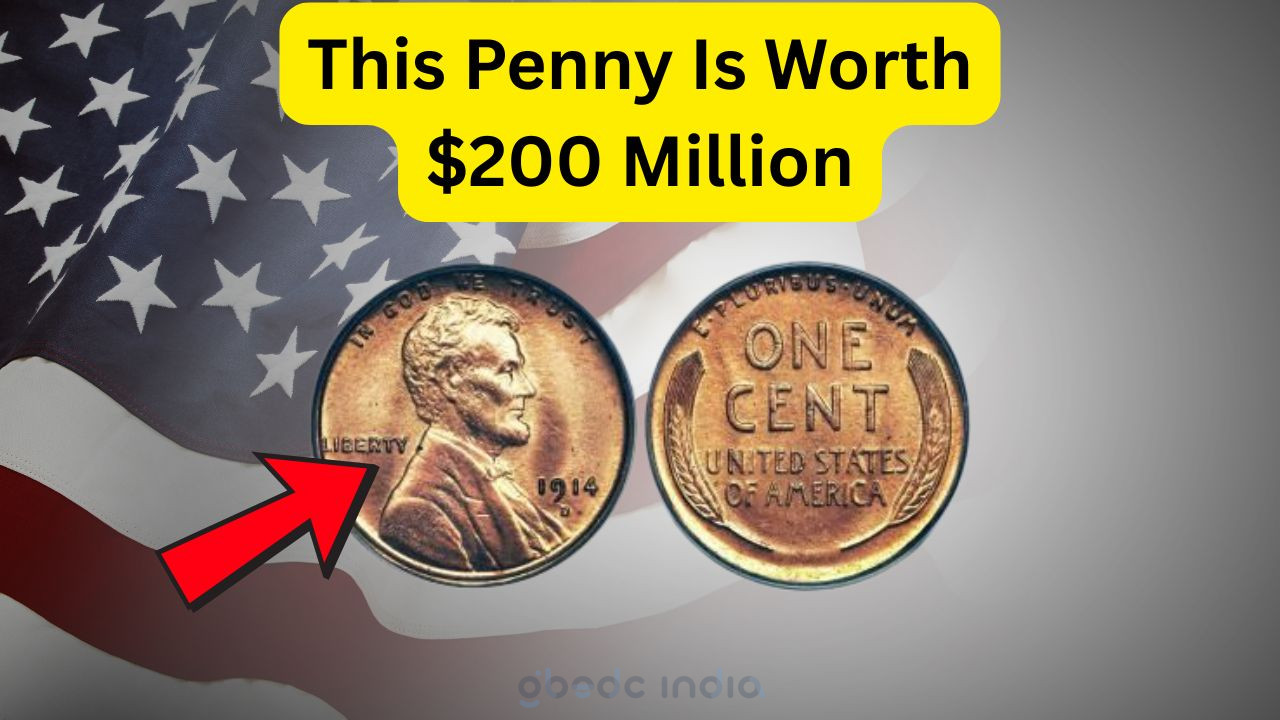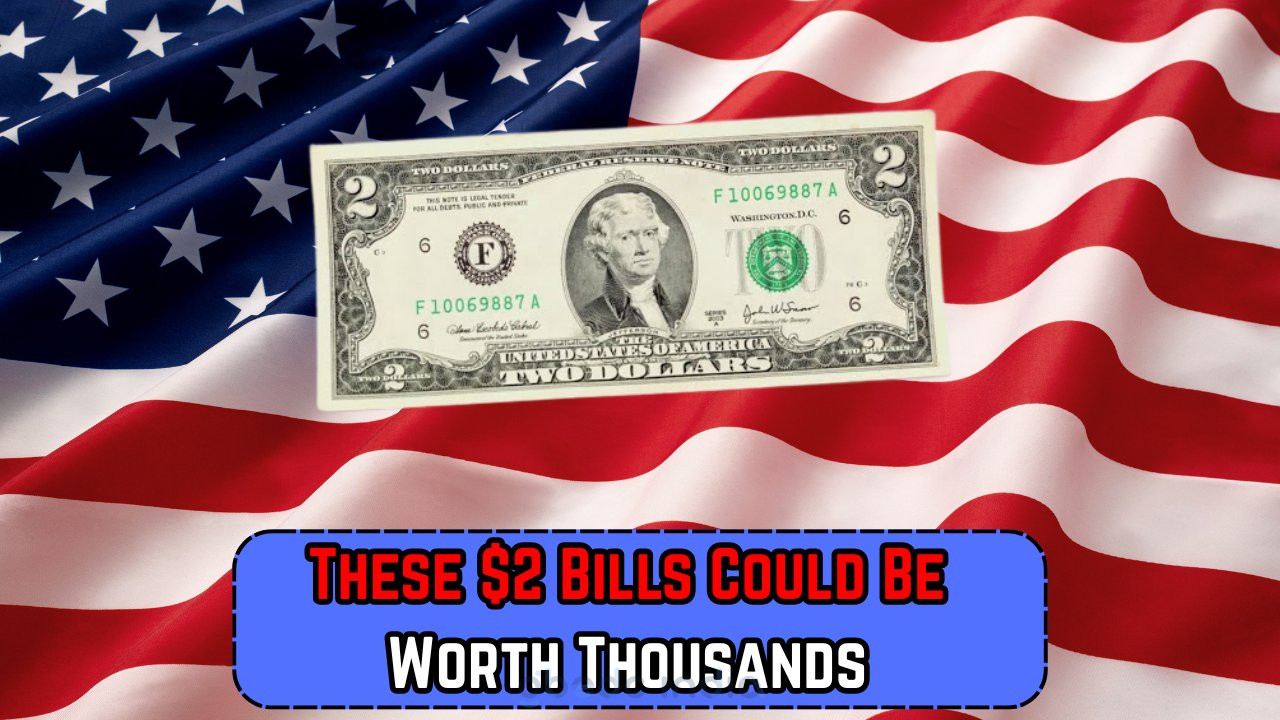Lincoln Wheat Penny
Lincoln Wheat Penny: A Numismatic Treasure
Lincoln Wheat Penny: Steeped in history and intrigue, the Lincoln Wheat Penny has fascinated collectors and numismatists for decades. This iconic coin, minted from 1909 to 1958, carries the visage of President Abraham Lincoln on the obverse and a pair of wheat ears on the reverse, a design that has become emblematic of early 20th-century Americana. Many wonder if this humble penny could hold the key to a small fortune, or even a billion-dollar treasure, nestled quietly amongst pocket change.
- First minted in 1909 to commemorate the centennial of Lincoln’s birth.
- Designed by Victor David Brenner, it features the initials V.D.B. on the reverse of early issues.
- Collectors highly prize variations, misprints, and rare dates.
Understanding the Value of the Lincoln Wheat Penny
While not every Lincoln Wheat Penny is worth a fortune, certain key dates and mint errors have made some invaluable. For instance, the 1909-S V.D.B. penny is renowned among collectors for its rarity, with only about 484,000 minted. The allure of these coins often lies in their scarcity, historical significance, and the stories they tell about the era in which they were produced. Coin enthusiasts often look for unique characteristics such as doubled dies, off-center strikes, and other anomalies that increase value.
| Penny Type | Year | Mint Mark | Estimated Minted | Current Avg. Value | Rarity | Special Notes | Recent Auction Price |
|---|---|---|---|---|---|---|---|
| Lincoln Wheat Penny | 1909-S V.D.B. | S | 484,000 | $700-$1,200 | High | Highly prized by collectors | $2,000 |
| Lincoln Wheat Penny | 1914-D | D | 1,193,000 | $200-$1,500 | High | Rare mid-denomination | $2,500 |
| Lincoln Wheat Penny | 1922 No D | – | Varied | $500-$2,000 | High | Absence of Denver mint mark | $3,000 |
| Lincoln Wheat Penny | 1931-S | S | 866,000 | $100-$150 | Moderate | Low mintage year | $200 |
| Lincoln Wheat Penny | 1943 Copper | S | Varied | $100,000+ | Very High | Steel cents with copper error | $200,000 |
| Lincoln Wheat Penny | 1955 Doubled Die | – | Varied | $1,000-$3,000 | Very High | Prominent doubling | $5,000 |
| Lincoln Wheat Penny | 1944 Steel | – | Varied | $75,000 | Very High | Minting error during copper return | $110,000 |
| Lincoln Wheat Penny | 1958 Doubled Die | – | Varied | $50,000 | Very High | Extremely rare doubling | $70,000 |
Historical Significance of the Lincoln Wheat Penny
The Lincoln Wheat Penny is more than just currency; it’s a piece of American history. First introduced by the U.S. Mint in 1909, it was the first coin to feature a real person, breaking away from the tradition of using symbolic figures. This change marked a significant cultural shift, reflecting the nation’s admiration for Abraham Lincoln’s leadership. The coin’s designer, Victor David Brenner, was selected for his previous work on a Lincoln portrait, and his initials became a point of contention, leading to their removal in 1918.
- The coin’s introduction coincided with Lincoln’s 100th birthday.
- It was part of a broader movement to recognize influential American figures.
- Minting changes occurred during both World Wars, reflecting metal shortages.
Collecting Lincoln Wheat Pennies: Tips for Beginners
For those new to coin collecting, the Lincoln Wheat Penny is an excellent starting point. With its rich history and variety of designs, it offers both educational and financial rewards. Beginners should focus on acquiring pennies in good condition, paying attention to key dates and mint marks. Building a comprehensive collection involves patience, research, and sometimes a bit of luck, as discovering a rare penny can often happen in the most unexpected places.
| Action | Details |
|---|---|
| Research | Learn about key dates and mint marks. |
| Inspect | Use a magnifying glass to check for errors. |
| Storage | Store coins in a dry, safe environment. |
| Networking | Join numismatic clubs and forums. |
| Market | Stay updated on market trends and auctions. |
Preserving Your Lincoln Wheat Penny Collection
Once you’ve amassed a collection, proper preservation is crucial to maintain its value. Coins should be stored in a controlled environment to prevent tarnishing and damage. Coin holders or albums made from non-PVC materials are recommended, as they avoid chemical interactions that can harm the coins. Regularly checking the condition of your collection ensures it remains in top shape for future generations or potential sale.
- Avoid direct handling; use gloves if necessary.
- Check for signs of corrosion or discoloration.
- Consider professional grading for high-value coins.
Investing in Lincoln Wheat Pennies
For investors, Lincoln Wheat Pennies offer a unique opportunity to diversify a portfolio. Rare coins have historically appreciated in value, making them a desirable asset. However, investing in coins requires a keen eye for detail and market trends. Understanding the grading system and demand dynamics is essential. Investors should also stay informed about auction results and be ready to act when a desirable coin becomes available.
| Investment Tips | Considerations |
|---|---|
| Grading | Ensure coins are graded by reputable agencies. |
| Market Trends | Understand historical price trends. |
| Rarity | Focus on rare and high-demand coins. |
| Networking | Connect with other investors and collectors. |
| Long-term | View coin investments with a long-term perspective. |
Lincoln Wheat Pennies in Popular Culture
Beyond numismatics, the Lincoln Wheat Penny has earned a place in popular culture. It has appeared in films, literature, and even in educational settings as a tool to teach history. The penny’s widespread use and historical significance make it a symbol of American resilience and ingenuity. Collectors and history buffs alike appreciate the stories these coins tell, often sparking interest in broader historical topics and events.
- Featured in several movies as a symbol of nostalgia.
- Used in classrooms to discuss economic history.
- Appears in art and literature as a motif of the past.
Unique Features of the Lincoln Wheat Penny
The Lincoln Wheat Penny’s unique features contribute to its lasting appeal. From its detailed design to the subtle variations that can make a coin rare, each penny offers something different. For instance, the 1955 Doubled Die error is famous for its distinct doubling of the date and inscriptions, making it one of the most sought-after errors. Collectors often search meticulously for these features, knowing that even a small detail can significantly affect a coin’s value.
- Look for doubling on dates and lettering.
- Check for unusual mint marks.
- Inspect the quality of the strike and overall condition.
Famous Finds: Legendary Lincoln Wheat Penny Discoveries
Over the years, several Lincoln Wheat Penny discoveries have captured the attention of the numismatic community. Stories of people finding rare pennies in inherited collections or even in circulation add to the mystique of these coins. One notable find was a 1943 Copper Penny, mistakenly struck on a bronze planchet, which fetched a record price at auction. Such stories fuel the excitement and dreams of collectors hoping to stumble upon their own treasure.
- 1943 Copper Penny found in a child’s collection.
- A 1958 Doubled Die discovered in a dealer’s stock.
- Rare mint errors found in family heirlooms.
The Future of Lincoln Wheat Penny Collecting
As interest in coin collecting grows, the future of Lincoln Wheat Penny collecting looks promising. New technologies, such as digital archives and online marketplaces, have made it easier for collectors to find and acquire coins. Additionally, the educational aspect of coin collecting continues to attract younger generations eager to learn about history through tangible artifacts. The Lincoln Wheat Penny, with its rich heritage, remains a cornerstone of the hobby.
- Online platforms expand access to global markets.
- Educational programs promote historical learning.
- Increased interest from younger collectors.
Recent Trends in Lincoln Wheat Penny Auctions
Recent auction trends show a steady demand for high-quality Lincoln Wheat Pennies. Prices have remained strong for rare and pristine examples, with collectors willing to pay top dollar for coins with exceptional provenance. Auctions often feature competitive bidding, reflecting the coin’s enduring popularity. Collectors and investors alike keep a keen eye on major auction houses for opportunities to acquire these numismatic treasures.
| Recent Auctions | Highlights | Price Range | Notable Sales |
|---|---|---|---|
| Heritage Auctions | 1909-S V.D.B. in MS65 | $2,000 – $3,500 | Sold for $3,200 |
| Stack’s Bowers | 1943 Copper Penny | $150,000 – $200,000 | Sold for $180,000 |
| GreatCollections | 1955 Doubled Die | $4,000 – $6,000 | Sold for $5,500 |
| Legend Rare Coin Auctions | 1914-D in MS64 | $1,500 – $2,500 | Sold for $2,100 |
| Goldberg Coins | 1922 No D in AU58 | $3,500 – $5,000 | Sold for $4,800 |
The Lincoln Wheat Penny continues to captivate collectors and investors with its rich history and potential for significant value. Whether you’re a seasoned numismatist or a curious beginner, this iconic coin offers a fascinating glimpse into the past and an exciting opportunity for the future.
FAQs About the Lincoln Wheat Penny
What makes a Lincoln Wheat Penny valuable?
The value is often determined by rarity, condition, and historical significance. Key dates and mint errors are particularly sought after.
How can I tell if my penny is a rare edition?
Look for key dates, mint marks, and any unusual features such as doubling or off-center strikes. Professional grading services can provide clarity.
Are all Lincoln Wheat Pennies collectible?
While all have some collectible value, those with unique features, errors, or in pristine condition are more desirable among collectors.
Where can I sell my Lincoln Wheat Pennies?
Coins can be sold through online marketplaces, numismatic dealers, or auction houses specializing in rare coins.
Is it worth investing in Lincoln Wheat Pennies?
Yes, especially if you focus on rare and high-demand coins. However, market knowledge and patience are key to success in coin investment.
